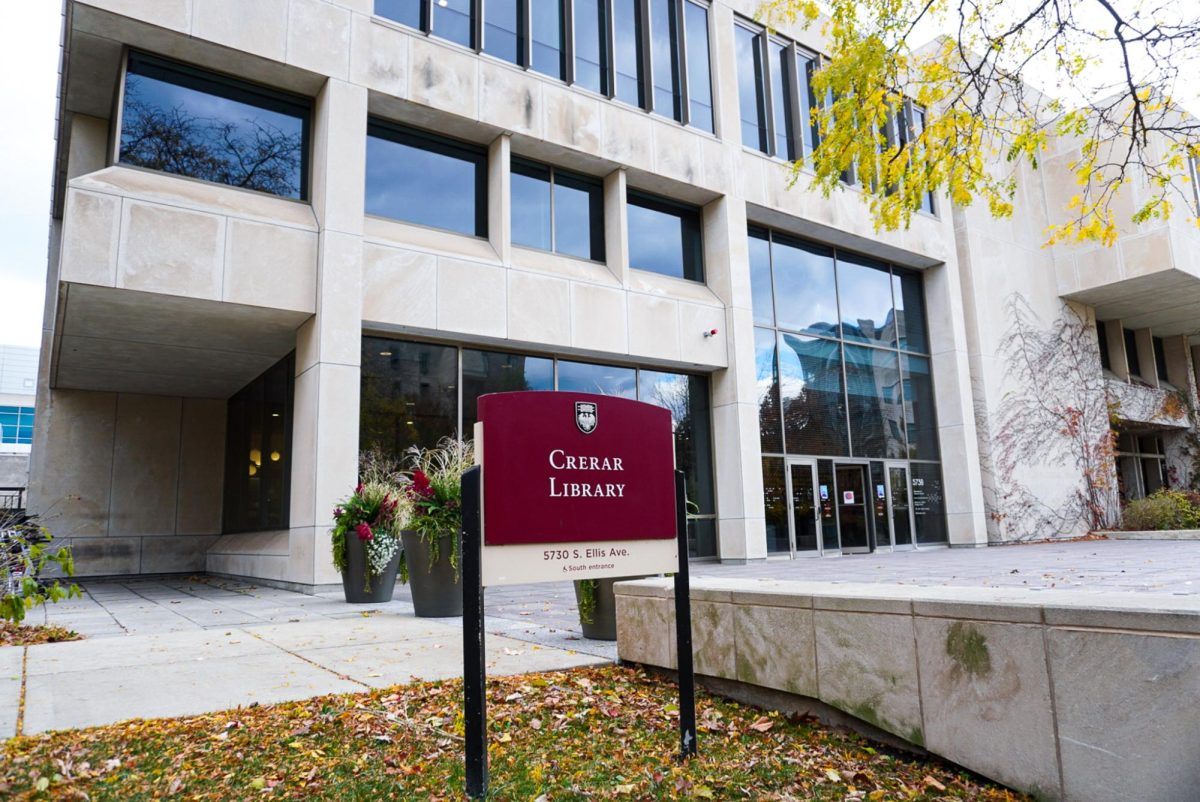I have a suggestion for your next study break: At 12:25 p.m. today, spend a few minutes streaming MSNBC or Fox News, depending on your political leanings. At 12:30, once you’ve had your mindless affirmation of your own political views, close that window and bring up JFK’s inaugural address. Fifty years to the minute after our 35th president’s wide-open car rolled into Dealey Plaza in Dallas, click “Play” and take it in.
There’s no better antidote to whatever small-minded bickering you just watched on cable news. In sharp contrast to an age when “politics” on the national level has become synonymous with this bickering, Kennedy urged, “Let both sides explore what problems unite us instead of belaboring those problems which divide us.” While today’s elected leaders have channeled most of their energies toward quibbling over (or eliminating) healthcare.gov, Kennedy called Americans to “a struggle against the common enemies of man: tyranny, poverty, disease, and war itself.” Today’s pundits seem unable to peer beyond 2016, yet Kennedy looked much, much farther ahead. “All this will not be finished in the first 100 days. Nor will it be finished in the first 1,000 days, nor in the life of this administration, nor even perhaps in our lifetime on this planet. But let us begin.” Kennedy outdid even these stirring lines with one final challenge, as relevant today as it was 50 years ago: “And so, my fellow Americans: Ask not what your country can do for you—ask what you can do for your country.”
This was a president unafraid to think big and to ask his countrymen to do likewise. Yet according to academia’s current conception of Kennedy, the 35th President’s career went downhill from there. Even The New York Times has called him out: In a November 2011 op-ed, columnist Ross Douthat argued that “the kindest interpretation of Kennedy’s presidency is that he was a mediocrity whose death left his final grade as ‘incomplete.’ The harsher view would deem him a near disaster—ineffective in domestic policy, evasive on civil rights and a serial blunderer in foreign policy.” Douthat cites the Vietnam War as “Kennedy’s darkest legacy,” and, for good measure, mentions “adulteries that eclipsed Bill Clinton’s for sheer recklessness.” Following up on this sentiment two weeks ago, the Times concluded in a front-page article that the perception of Kennedy “has evolved from a charismatic young president who inspired youths around the world to a deeply flawed one whose oratory outstripped his accomplishments.”
Perhaps Kennedy retroactively fell victim to the 21st-century post-privacy phenomenon of fixating on a prominent figure’s flaws and peccadilloes, rather than his accomplishments. He wouldn’t be the only president. We instinctively think of Monica Lewinsky at the first mention of Bill Clinton, but struggle to remember his aggressive intervention in the Balkans that saved countless lives. Jefferson still commands respect for his authorship of the Declaration of Independence and considerable accomplishments as president, but even those are now tainted by his owning and sleeping with slaves.
These moments of indiscretion and errors in policy may have drawn notice only recently, but Kennedy’s legacy has long been dogged by a much darker matter: the vexing mystery of exactly what transpired 50 years ago today in Dallas. Amazon.com lists many books about the conspiracy theories surrounding the Kennedy assassination, some of which are currently crowding a display table at the campus Barnes and Noble, none of which can sate our morbid curiosity for the truth behind that day’s events.
The John F. Kennedy Presidential Library and Museum in Boston takes a decidedly more tasteful approach to the president’s assassination. An excellent series of chronological exhibits on the president’s life and career funnels into a narrow, dimly lit hallway with the words “November 22, 1963” studded into the wall. Walter Cronkite’s choked-up news report that the president had died loops continuously on three black-and-white monitors.
That’s all. The hallway opens up into the final exhibit, entitled Legacy. It’s undeniably difficult to assess that legacy, especially on the thorny issues of civil rights and Vietnam. However, we can confidently attribute a few accomplishments to Kennedy’s 1,063 days in office. Domestically, National Guard troops were sent to protect the Freedom Riders, the first legislation supporting Americans with intellectual disabilities became law, and a fledgling government agency received the audacious goal of putting a man on the moon. Abroad, the Cuban Missile Crisis was defused, the Nuclear Test Ban Treaty was ratified, and the first Peace Corps volunteers deployed to Ghana and Tanzania. A perfect legacy? Perhaps not, but certainly more uplifting than the grisly events of November 22, 1963.
Legislative accomplishments aside, heeding Kennedy’s soaring rhetoric would certainly serve us much better in 2013 than continuing to debate who pulled the trigger. If you’re eager for more after watching his inaugural address, I recommend his 1957 classic Profiles in Courage, the collected accounts of eight U.S. Senators who acted according to their conscience in the face of stiff public opposition. In some cases, their conscience required breaking party lines. Though never popular, such conciliation would be nearly unthinkable in today’s gridlocked Washington. Kennedy would have undoubtedly taken issue with our current state of political affairs. “We shall need compromises in the days ahead,” he wrote in the introduction. “Compromise does not mean cowardice. Indeed it is frequently the compromisers and conciliators who are faced with the severest tests of political courage as they oppose the extremist views of their constituents.” We don’t see that sentiment on Fox or MSNBC very often, do we?
Patrick Reilly is a first-year in the College.






